Year 3 Science Worksheets and Online Tests
Comprehensive Year 3 Preparatory package targeted towards Maths and Science
- Light
- Air
- Water
- Nutrients
- Space to grow
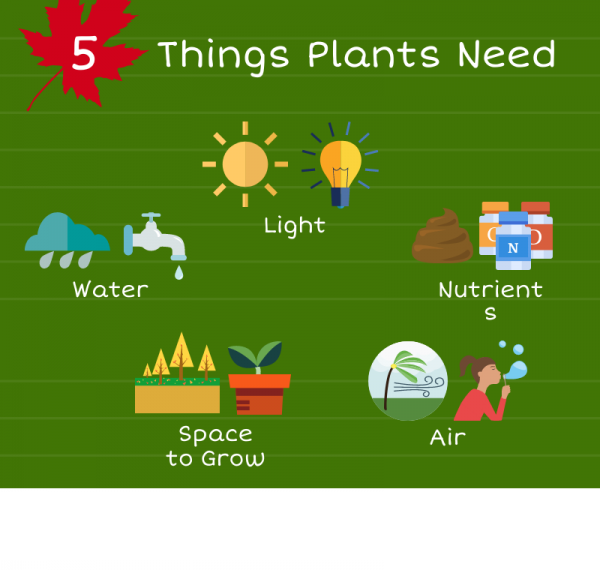
Light
Plants usually get the light they need from the Sun. But they can also grow in artificial light. Plants use light energy to make a type of sugar called glucose. They use glucose as their energy source.
Plants make glucose in a part of their leaf cells called the chloroplast. Each chloroplast contains a green pigment called chlorophyll. It’s what allows the plant to absorb light energy.
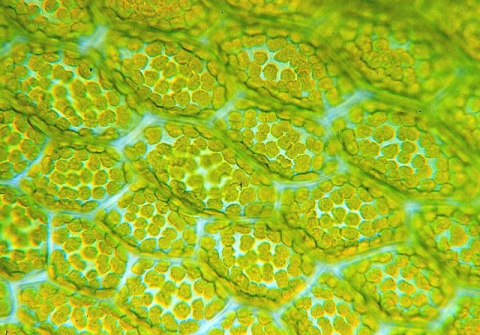
If a plant doesn’t receive enough light, it will grow very slowly. But too much light can cause the plant and the soil it lives in to dry out.
Different plants have different light requirements. Some need bright or direct light. Others can thrive in dimmer or indirect light.
Air
Air contains many gases. They include nitrogen, oxygen, carbon dioxide and water vapour.
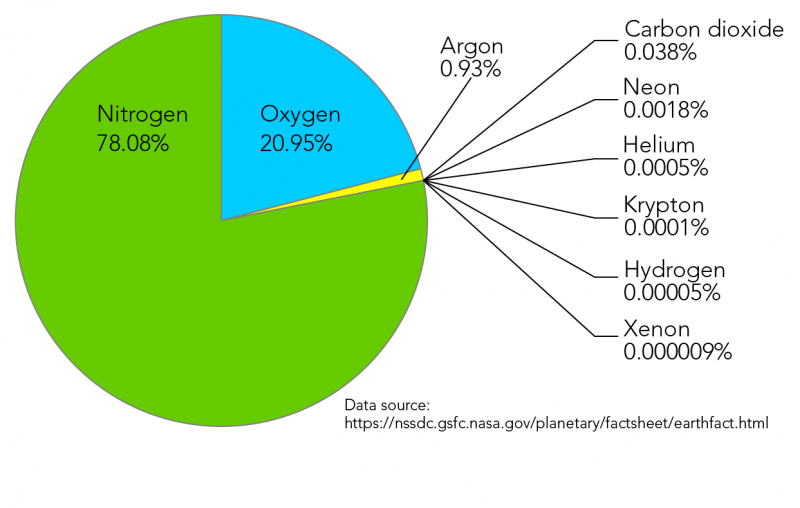
Plants also absorb oxygen gas from the air. Like animals, plants need oxygen to respire. Respiration is the process of breaking down molecules, like glucose, for energy.
Water
Plants need water for photosynthesis. Absorbed by the roots, water travels through a plant’s stems to the chloroplasts in the leaves. Water also helps move nutrients from the soil into the plant. Too little water can cause a plant to wilt or droop. Too much water can cause a plant’s roots to rot.
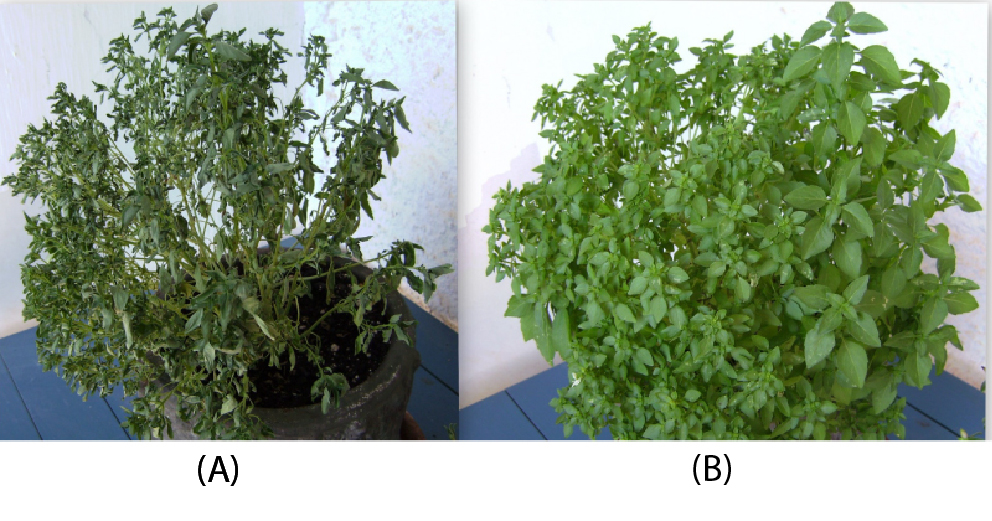
Nutrients
Nutrients are substances that nourish a plant. In particular, plants need nitrogen, phosphorus and potassium. When dissolved in water, these nutrients get absorbed by a plant’s roots.
If a plant can’t get the nutrients it needs from the soil, fertilizer can help. Fertilizer provides plants with essential nutrients and helps them grow faster.
Space to Grow
All living things need space. A plant’s roots need space so that they can spread out and absorb water and nutrients. Its leaves need space so that they access light. When plants grow too close together, they have to compete for these resources.
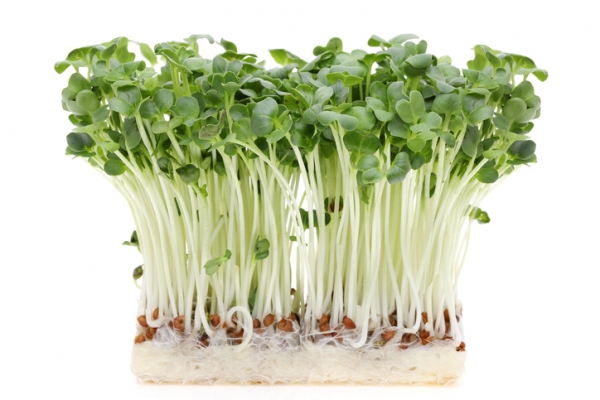
Without enough water, nutrients and light, plants can grow tall and thin or short and stunted. Overcrowded plants tend to be less healthy, which makes them more likely to suffer from disease.
Worked Out Examples
Year 3 Science Worksheets and Online Tests
Comprehensive Year 3 Preparatory package targeted towards Maths and Science
